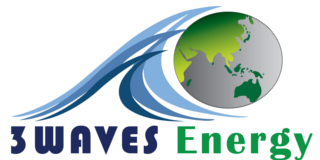Principle of ECS based upon electrolysis for the most effective Ballast Water Management
Principle
The Electro Cleen™ System treats all incoming water and sediment passing through the electrolysis chamber unit with ‘Techcross’ innovative technology. Also, it is eco-friendly with low power consumption requirements because a fine mesh filter is not required.
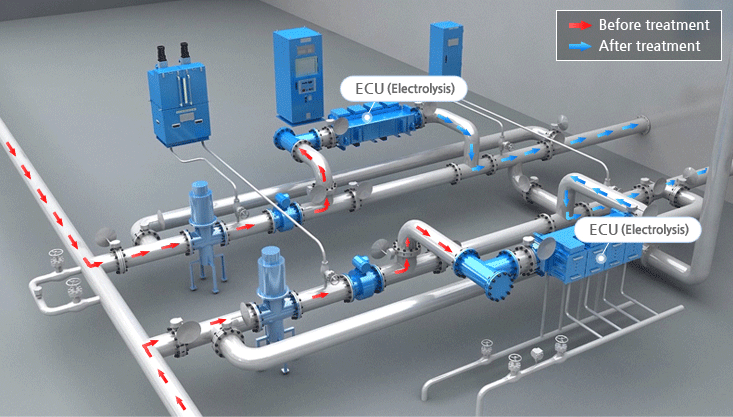
ECS differs from typical electro-chlorination systems. The electro-chlorination treatment process of many other systems involves the electrochemical generation of biocide solution on board from the treatment of a small fraction of incoming water and then the injection of the highly concentrated hypochlorite solution directly into the ballast pipeline. However, in the case of ECS, all the ballast water is treated directly as it passes through the Electro Chamber Unit then this fully treated water flows into the ballast tanks.
De-Ballasting

After treatment, the treated sea water containing residual hypochlorous acid flows into the ballast water tanks. The residual hypochlorous acid in the water maintains disinfection efficacy in the ballast tank and prohibits re-growth of microorganisms. Any remaining TRO will undergo a natural degradation process or will need to go through a neutralization process before being discharged. This neutralization process minimizes any negative impact to the marine environment.
Disinfection effect
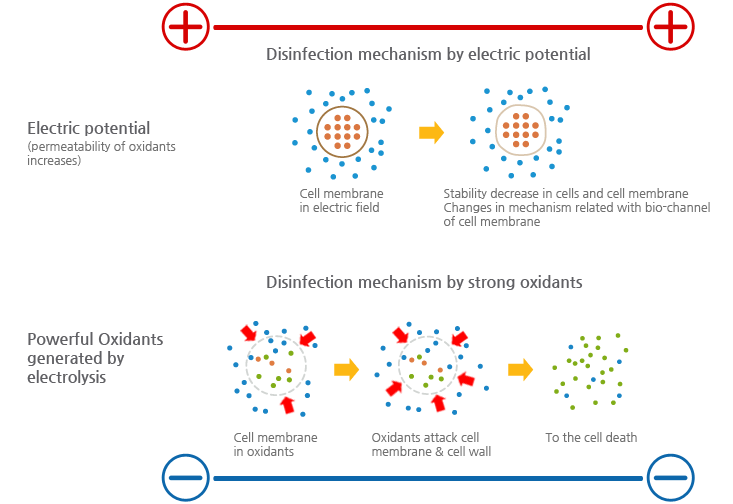
ECS (Electro Cleen™ System) is a Ballast Water Management System (BWMS) using the principle of electrolysis to effectively disinfect ballast water. With the application of electric currents to the titanium electrodes, the electric potential produced increases disinfection efficacy by destroying cell membranes of microorganisms as a result of generating voltage. In addition, OH- radicals generated during the electrolysis procedure by the electrodes also disinfect microorganisms. Through electrolysis, sufficient amount of TRO is generated, preventing the re-growth of micro-organisms and maintaining disinfection efficacy.
Excellence
TECHCROSS has focused on the fact that ballast water and sediments transported by ships are key pathways for foreign organisms to move from one area to another, potentially causing great harm to the marine ecosystem. TECHCROSS continues to exert its efforts to develop the most effective technology for protecting the marine ecosystem that can apply to all sizes and types of ships.
Advantage of ECS
-
Strong Disinfection Efficacy
- ECS meets California’s Standards which are much stricter than those of the IMO.
- No organisms grew back within 30 days according to the Korea Institute of Ocean Science & Technology
(KIOST) re-growth test, and also within 50 days according to studies by Techcross’ own R&D Center. -
One-time treatment during ballasting
- Residual chlorine in the treated water keeps the water clean and prevents microorganisms
from regeneration. Thus, retreatment at deballasting is not required.
- Treatment with only one operation saves on operational costs. -
NO filter required.
- ECS satisfies the disinfection standards of IMO without the use of a fine mesh filter.
- As a result, the head loss of ECS is a maximum of only 0.3bar. -
Low power consumption
- ECS has power consumption of only 3.4kw per 100 tons in normal seawater; thus, no additional power
generator is required for operation. -
Low operational costs
- Because ECS is being operated by low power consumption, there are significant savings on operational costs. -
Convenient installation and maintenance
- ECS is compact in size, enabling for easy installation in ships with limited space.
- The components of ECS are modular by design so can be freely installed in any available space
(excluding the electro chamber unit that has to be installed directly in the ballast pipeline).
- Repairs are simply done by replacing only the required part or component. -
Automation of System
- ECS is automatically controlled by a Windows based computer software(HMI:Human Machine Interface).
Line Up
Main Equipment
ECU, the main component of ECU that actually treats all the incoming ballast water and sediment, is divided into 5 models according to capacity.
ECU150B
Capacity of Ballast pump 150㎡/h
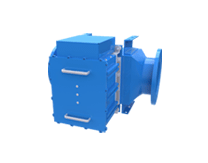
ECU300B
Capacity of Ballast pump 300㎡/h
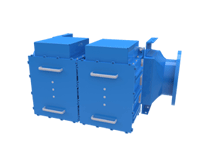
ECU450B
Capacity of Ballast pump 450㎡/h
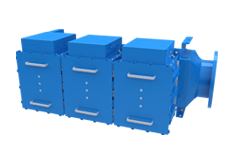
ECU600B
Capacity of Ballast pump 600㎡/h
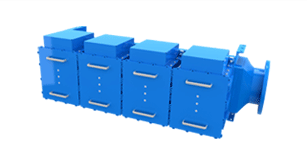
ECU1000B
Capacity of Ballast pump 1000㎡/h
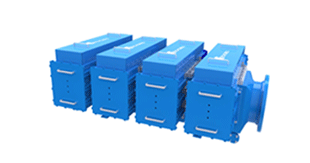
Supporting Equipment
Supplies power or plays a subordinate role in the operation of ECU as auxiliary equipment of ECS.
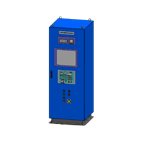
Supplies and monitors power to all the components of ECS. The proper model is selected based upon the capacity of the ballast tank on a ship.
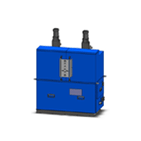
Responsible for neutralizing residual TRO levels during discharge of treated ballast water. The hypochlorous acid degrades over a period of 8-10 days. If the hypochlorous acid is not degraded to concentrations to not affect the environment, then the ANU will neutralize the ballast water with Sodium Thiosulfate during de-ballasting as monitored by the TSU.
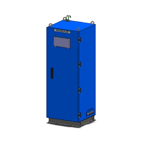
Monitors the concentration levels of TRO during ballasting and de-ballasting. Hypochlorous acid is produced at a level of10ppmfor maximum disinfection efficacy. The TSU constantly monitors this naturally degrading level so that if neutralization is needed before discharge, the CPC will send a signal to the ANU to begin the neutralization process.
Control System
To operate ECS
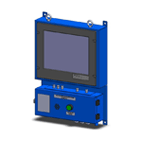
The CPC is composed of Windows-based software focusing on user convenience and ease of use. The control system allows the operation of ECS through both manual and automatic modes. The CPC is operated using a touch screen for simple operation..
Sensors
To monitor temperatures, flows, and salinity of water in facilitating the operation of ECS.
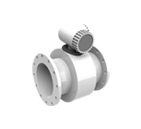
Measures the flow of water to facilitate the operation of ECS according to measurement results.
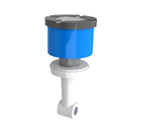
Measures the conductivity of seawater to transfer measurement results to CPC.
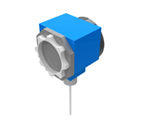
Measures the temperature of freshwater that is used to cool the heat produced by the rectifiers.
Others
Other equipment related to the operation of an ECS.
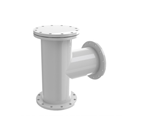
This 3mm mesh T-strainer aids in protecting the high quality electrodes in the ECU.

 English (UK)
English (UK) 